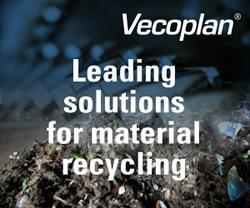Catch wave power in floating nets
 Zhong Lin Wang for Nature: Nature provides three sources of energy for free: sunlight, air and gravity. Solar and wind power are increasingly exploited, gravity less so. Hydraulic power plants harvest energy from flowing rivers. Tidal energy can be gathered along some inlets and coasts. But few places are suitable for dams or barrages, which can also damage the environment.
Zhong Lin Wang for Nature: Nature provides three sources of energy for free: sunlight, air and gravity. Solar and wind power are increasingly exploited, gravity less so. Hydraulic power plants harvest energy from flowing rivers. Tidal energy can be gathered along some inlets and coasts. But few places are suitable for dams or barrages, which can also damage the environment.
By contrast, oceans cover about 70% of Earth’s surface. Wave energy is plentiful day and night, whatever the weather. Capturing it requires little land and raises few safety or security concerns. Yet hardly any of this ‘blue energy’ is being generated. Today’s wave farms produce no more than 1–10 megawatts at any one time, enough to power a town. No commercial wave farms currently exist. Full article:
Comments (0)
This post does not have any comments. Be the first to leave a comment below.
Featured Product

